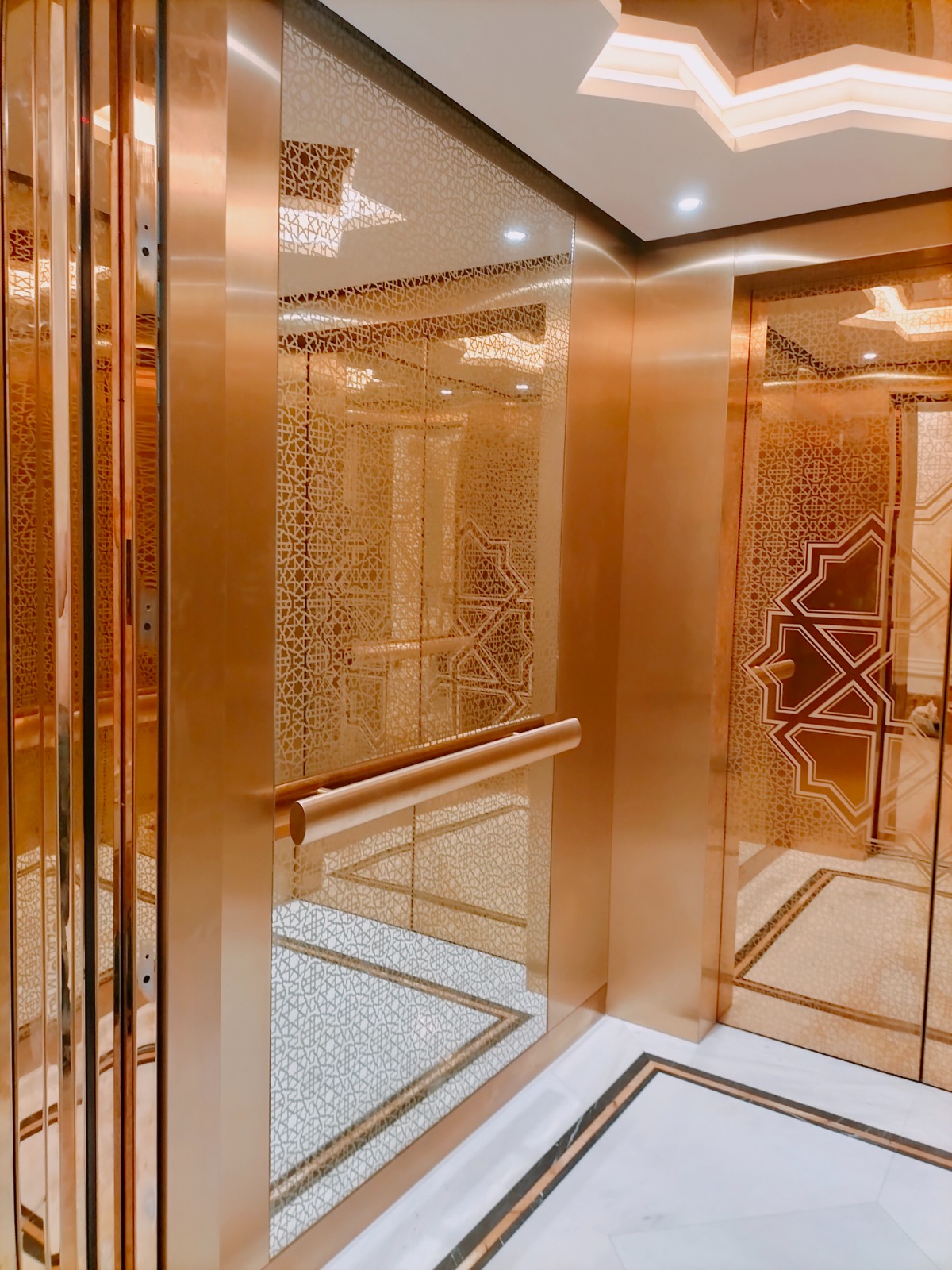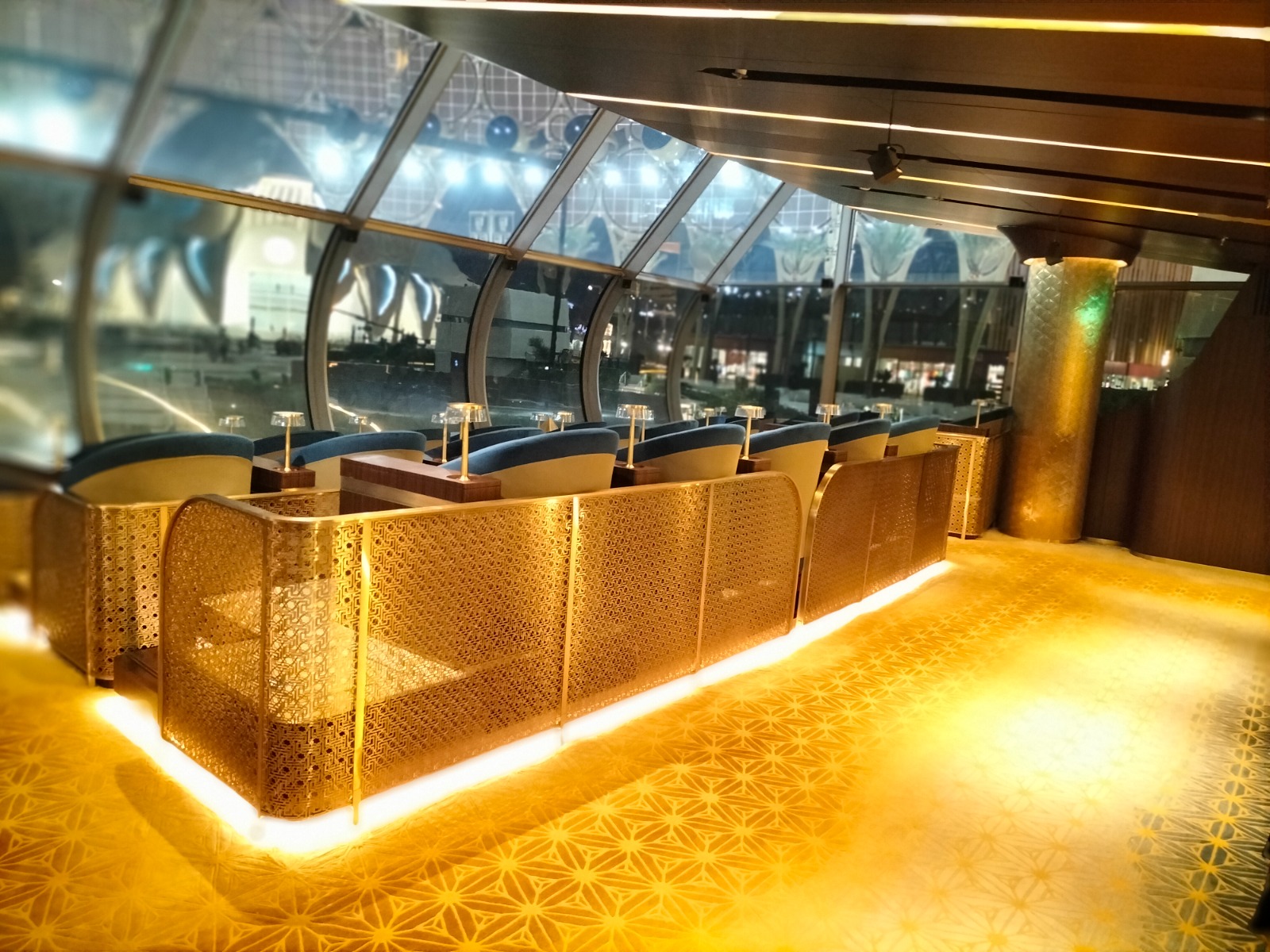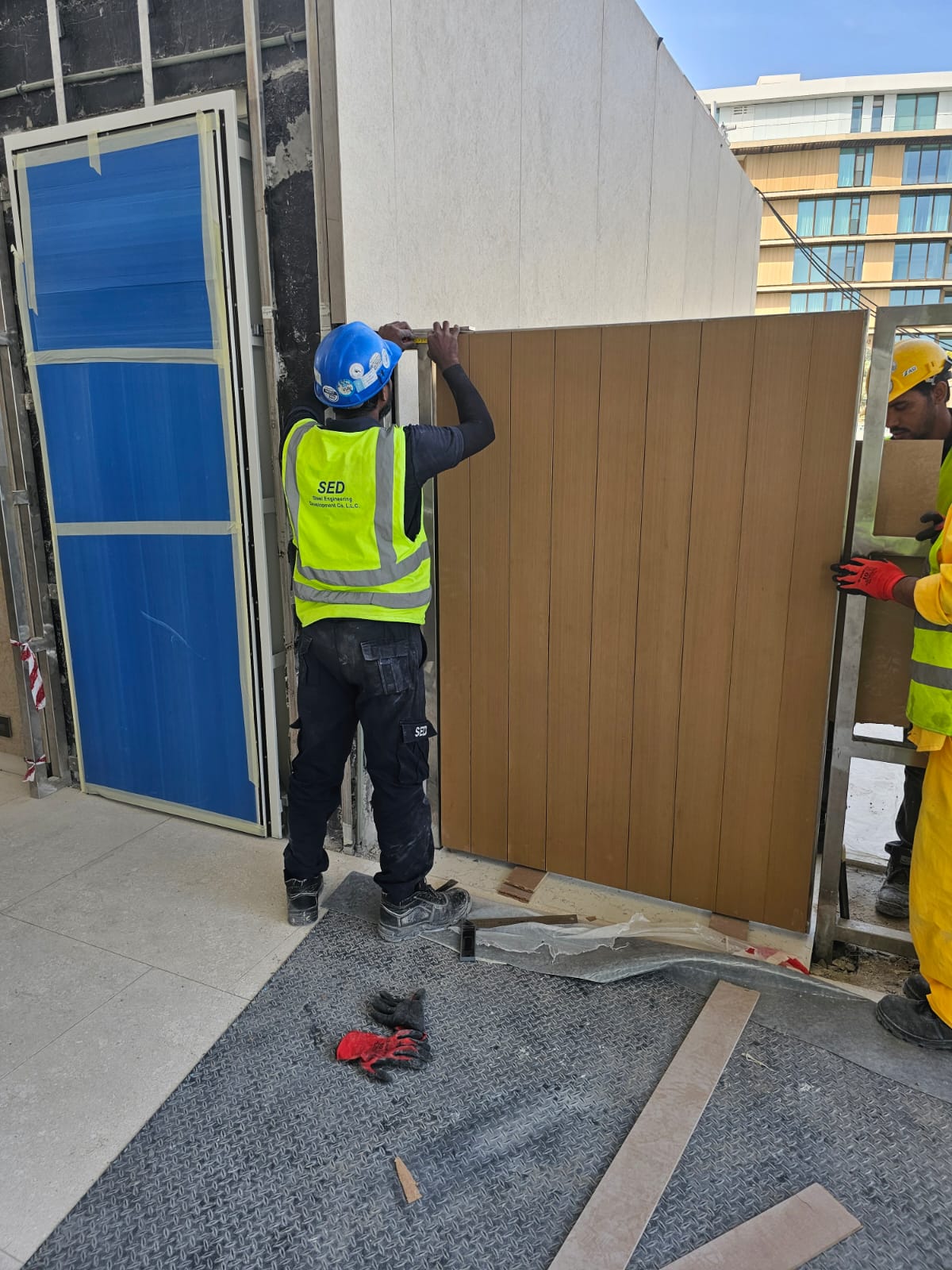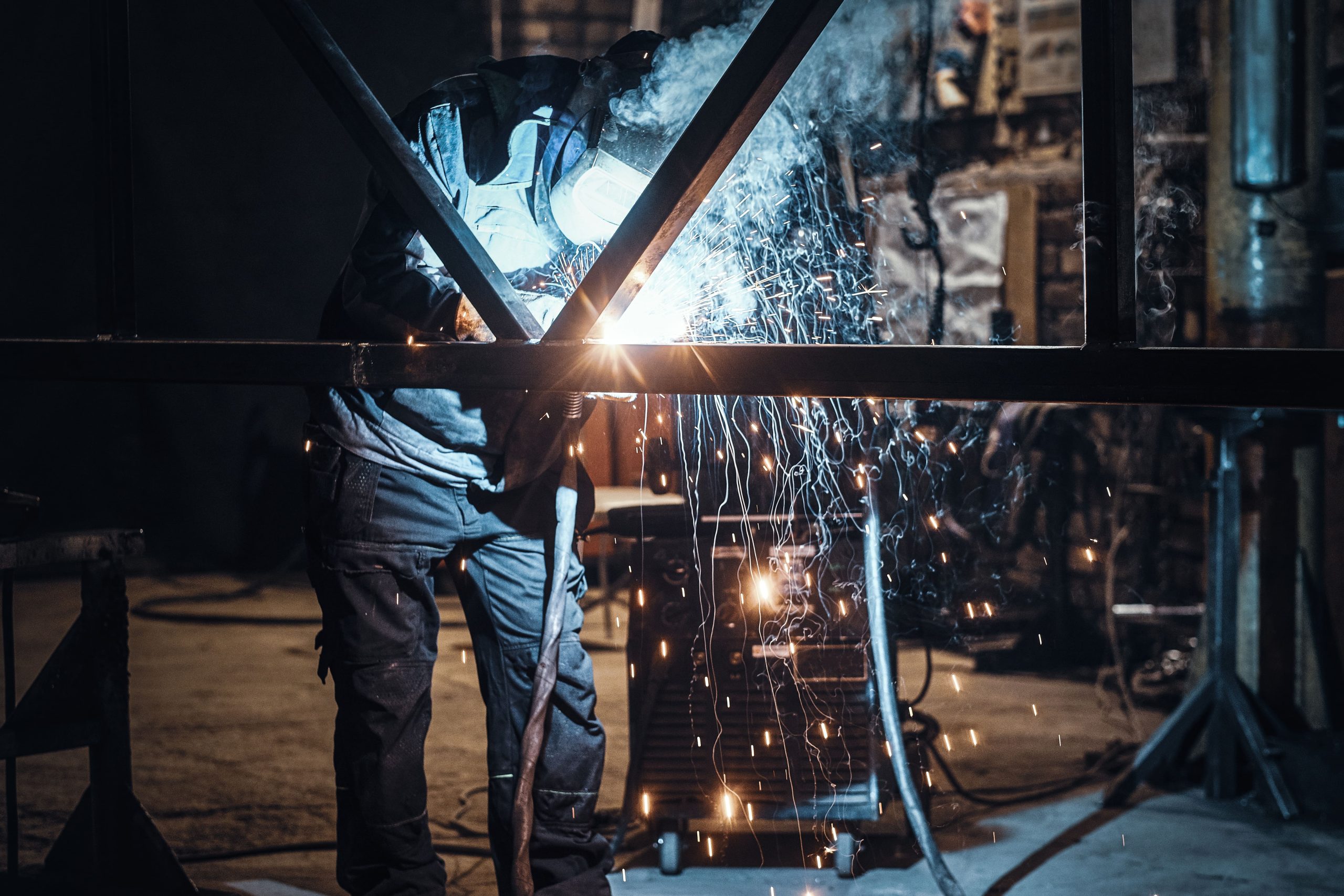In recent years, sustainability has become a primary focus within the construction industry, as developers, architects, and engineers search for ways to reduce the environmental impact of buildings. Stainless Steel, a material long used for its strength and durability, plays a vital role in promoting sustainable building practices. From its recyclability to energy-efficient properties and reduced waste, stainless steel has evolved into one of the most environmentally friendly materials in modern construction. In this article, we will explore the significant contributions stainless steel makes toward sustainable building practices and how it can shape the future of green construction.
What is Sustainable Building?
Before discussing the role of stainless steel in sustainable building, it’s important to understand what sustainable building practices are. Sustainable building, or green building, refers to creating structures that minimize environmental impact by optimizing resource efficiency throughout the building’s life cycle. This includes design, construction, operation, and eventual deconstruction. Sustainable buildings aim to reduce energy consumption, waste, and carbon emissions while maximizing the use of renewable resources and promoting environmental stewardship.
Key Principles of Sustainable Building
- Energy Efficiency: Using resources efficiently to reduce energy consumption over the building’s lifespan.
- Material Conservation: Employing materials that are sustainable, recyclable, and have a low environmental impact.
- Waste Reduction: Minimizing construction and operational waste through efficient design and management practices.
- Water Conservation: Implementing technologies and systems that reduce water consumption.
- Indoor Environmental Quality: Ensuring healthier indoor spaces by improving air quality, lighting, and materials that do not emit harmful substances.
Now that we have a clear understanding of sustainable building, let’s explore how stainless steel fits into these practices.
Stainless Steel’s Environmental Benefits in Sustainable Construction
Stainless Steel is often overlooked as a sustainable material due to its industrial associations, but it is one of the most eco-friendly materials available in construction today. Below are some of the key ways stainless steel contributes to sustainability:
1. Recyclability
One of the most significant environmental benefits of stainless steel is its high recyclability. Stainless Steel can be recycled indefinitely without losing its strength or durability, making it a perfect material for sustainable construction. In fact, the steel industry is one of the largest recyclers in the world.
- Recycled Content: Many stainless steel products used in construction contain a high percentage of recycled stainless steel, reducing the need for virgin raw materials.
- End-of-Life Recycling: When buildings are deconstructed, stainless steel components can be easily recovered and reused in new projects, minimizing landfill waste.
2. Energy Efficiency
The energy efficiency of a building can be significantly improved using stainless steel in its design and construction. Stainless Steel’s properties allow for better insulation, reducing the need for excessive heating and cooling.
- Thermal Efficiency: Stainless Steel framing can incorporate advanced insulation systems, minimizing thermal bridging, which reduces heat loss or gain.
- Energy-Efficient Design: Stainless Steel enables long spans and open floor designs, making it easier to incorporate energy-efficient systems like natural ventilation, lighting, and solar energy technologies.
3. Durability and Longevity
Stainless Steel is an incredibly durable material that resists many of the common problems that can affect other building materials, such as rot, mold, termites, and decay. Its longevity makes it an ideal choice for sustainable construction projects that aim for long-term viability with minimal maintenance.
- Reduced Maintenance: Stainless Steel structures require less frequent repairs or replacements, which means less consumption of additional materials over the building’s life cycle.
- Extended Building Lifespan: The extended lifespan of stainless steel reduces the need for new resources to build replacement structures.
4. Lightweight and Efficient Use of Material
Stainless Steel’s strength-to-weight ratio is much higher than many other building materials, which allows for lighter and more efficient designs. This results in less material being required to achieve the same structural integrity, further reducing the environmental impact.
- Efficient Use of Resources: Fewer raw materials are needed to achieve a structurally sound building, decreasing the environmental footprint of construction projects.
- Transportation Efficiency: Stainless Steel’s lighter weight compared to concrete can also reduce transportation costs and fuel consumption, further promoting sustainable practices.
Innovations in Stainless Steel for Sustainable Construction
As sustainability becomes a higher priority in the construction industry, stainless steel manufacturers and engineers are developing innovative ways to make stainless steel even more environmentally friendly. Below are some advancements in stainless steel production and use that enhance its sustainability.
1. Green Stainless Steel Production
One of the primary criticisms of stainless steel production is its energy intensity and carbon emissions. However, recent advancements in manufacturing technologies have made it possible to produce steel more sustainably.
- Electric Arc Furnace (EAF) Technology: EAF technology allows stainless steel to be produced using recycled scrap metal, significantly reducing the need for virgin raw materials and lowering carbon emissions.
- Hydrogen Stainless Steelmaking: Researchers are exploring the use of hydrogen as an alternative to coal in stainless steelmaking processes, which could drastically reduce carbon emissions associated with stainless steel production.
- Carbon Capture and Storage (CCS): Some stainless steel plants are incorporating CCS technologies to capture and store the CO2 produced during manufacturing, helping to offset the industry’s environmental impact.
2. Prefabrication and Modular Construction
Prefabrication is a sustainable building method in which components of a building are constructed off-site and then assembled on-site. Stainless Steel’s flexibility and ease of use make it an ideal material for prefabricated and modular construction, which can have significant environmental benefits.
- Reduced Waste: Prefabrication allows for precise cutting and use of materials, reducing waste during the construction process.
- Faster Construction Times: Since the components are pre-made, assembly times are reduced, minimizing energy consumption on-site.
- Less Environmental Disruption: With fewer site activities and faster assembly, prefabrication minimizes the environmental impact on the surrounding area.
3. Lightweight Stainless Steel Construction Systems
Lightweight stainless steel construction systems are being developed to reduce material use without compromising structural integrity. These systems use advanced design techniques and materials to create buildings that use less steel overall, reducing the embodied energy of the building.
- Advanced Framing Techniques: Engineers are employing design software to optimize stainless steel use, reducing material needs without sacrificing strength.
- High-Strength Stainless Steels: New alloys and manufacturing processes are producing stronger stainless steels, allowing for lighter structures that use less material.
How Stainless Steel Contributes to Green Building Certifications
Green building certifications like LEED (Leadership in Energy and Environmental Design) or BREEAM (Building Research Establishment Environmental Assessment Method) measure the sustainability of buildings based on various factors. Stainless Steel plays a vital role in helping construction projects achieve these certifications.
LEED Certification and Stainless Steel
The LEED certification evaluates buildings based on criteria such as energy efficiency, materials and resources, indoor environmental quality, and sustainable site development. Stainless Steel can contribute to LEED credits in the following ways:
- Recycled Content: Using stainless steel with a high recycled content can earn points in the materials and resources category.
- Energy Efficiency: Stainless Steel-framed buildings that incorporate energy-efficient technologies and insulation can earn points for reducing overall energy use.
- Construction Waste Management: Stainless Steel’s recyclability and reduced waste in prefabrication can help meet waste reduction targets, earning more LEED points.
BREEAM Certification and Stainless Steel
Similarly, BREEAM evaluates the sustainability of buildings, infrastructure, and master-planning projects. Stainless Steel contributes to BREEAM certifications by:
- Life Cycle Impact: Stainless Steel’s long lifespan and recyclability contribute to better life cycle assessments, supporting BREEAM’s focus on resource efficiency.
- Durability and Adaptability: BREEAM rewards buildings that are designed for long-term use and adaptability, areas where stainless steel excels.
- Sustainable Procurement: Many stainless steel manufacturers now focus on sustainable procurement practices, which align with BREEAM’s emphasis on responsible sourcing.
Challenges and Future Considerations
While stainless steel offers numerous benefits for sustainable construction, there are still challenges that must be addressed.
1. Energy-Intensive Production
Stainless Steel production remains energy-intensive and generates significant CO2 emissions. Continued innovation is needed to reduce the environmental impact of stainless steel manufacturing processes.
2. Balancing Cost and Sustainability
Sustainable building practices can sometimes increase upfront costs, although long-term savings from energy efficiency and reduced maintenance often balance these expenses. Architects and engineers must weigh the cost benefits of using sustainable stainless steel in each project.
Conclusion
Stainless Steel plays an increasingly important role in sustainable building practices, offering recyclability, durability, energy efficiency, and reduced material use. Innovations in production, modular construction, and advanced stainless steel systems further enhance its sustainability credentials. As the construction industry continues to prioritize green building practices, stainless steel will remain a key player in shaping environmentally friendly structures for the future.



